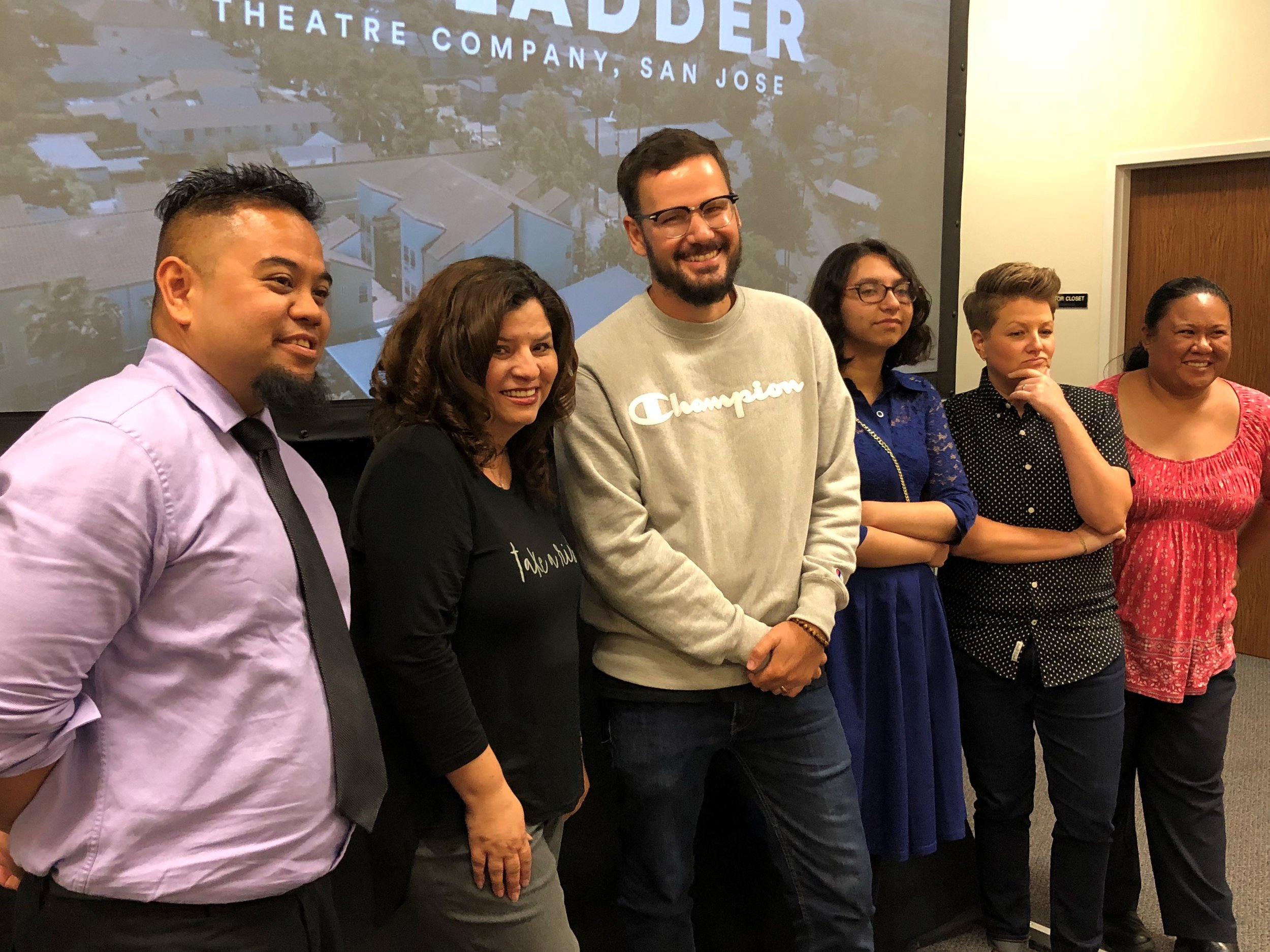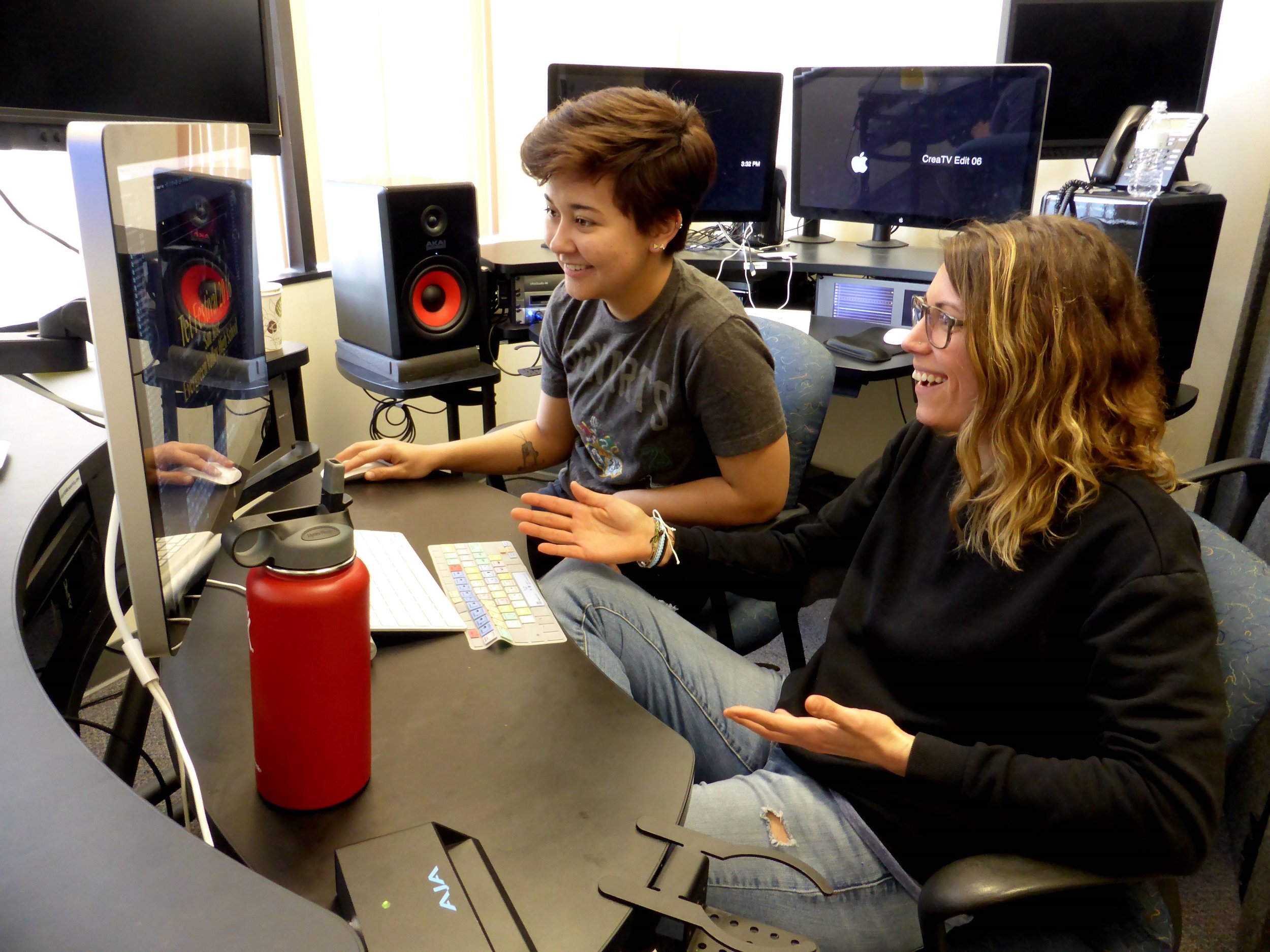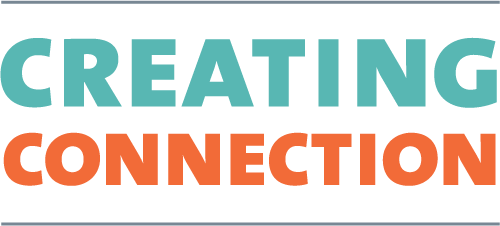Public-access television began in the 1970’s as a response to disenchantment with the commercial broadcasting system. Its goal was to offer an alternative television platform that allowed the public to create and share content. Like many industries, the public-access television landscape is rapidly changing—facing new questions about content, engagement, and relevance.
We recently connected with Chad Johnston of CreaTV San Jose, a public access network and non-profit community media center, where he shared how Creating Connection helped his organization become more relevant to the needs of the community.
Turning challenges into opportunities
When Johnston started he identified some pressing issues facing CreaTV. Their audience was not reflective of San Jose: “We had mostly older white males... How do we get different types of people in here and engage with them differently?” Impact assessment at media centers like his usually stopped at counting equipment rentals. And engagement in their programs felt low. To move forward he created three goals.
Goal 1: Move beyond media production and rediscover the “why.”
Johnston saw Creating Connection as a framework that would help his team move beyond media production and rediscover their purpose.
“Creating Connection offered a chance to change how we talk about ourselves and engage with the community in a new way…Step one for us was to think about the why test (Simon Sinek). How do we get to our values? Why do we do the work we do?”
After answering the “why”, Johnston was able to lead his team toward a new “how”
“We were able to infuse Creating Connection into our core values and really figure out who we were… then build a shared sense of culture, and apply that to our engagement and communications.
Goal 2: Build a shared brand, inside and out.
Johnston has also helped reshape internal structures in order to create an organizational culture that is more equitable and inclusive.
“We were great at making television. [However], we had this top-down culture, which made it hard to collaborate…. We created more engagement staff roles… [and] we can already see results. People feel more welcome. People tell us that this feels like a place that they want to be and engage. You can see the diversity of folks coming into our space compared to a year ago.”
Goal 3: Create opportunities for staff to be creative and engaging.
In addition to the internal changes, Johnston led his staff to test new public programming. Their most successful project was Doc in, Doc Out, an experiential crash course in documentary filmmaking. “We had 38 people apply in just one week, which was crazy for us!”



Johnston’s advice to others doing this work?
“I really think being flexible. We all have these ways of how we think something should work and be done… approaching it with a sense of flexibility and play is important. Part of what is rooted in this framework is being honest and authentic. There is truly something to that engages people in a different way. Try out things. It might seem odd at first but there is something about how you are perceived. It has had an impact for us on our own culture and how we think about our work.”
Photos are credited to CreaTV San Jose

